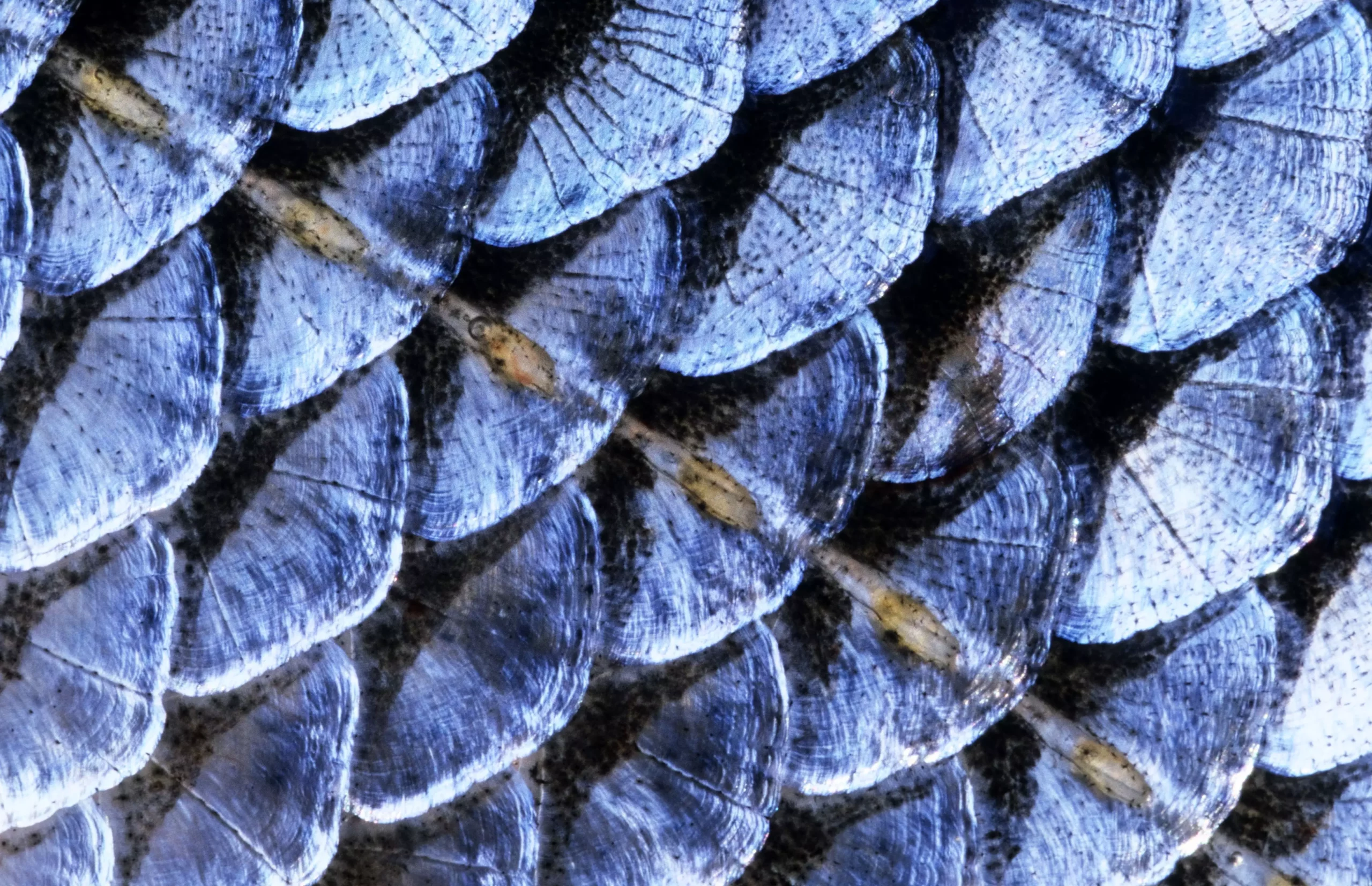Aquarium enthusiasts, whether seasoned or novices, may encounter various health issues that affect their aquatic pets. One of the most visually alarming yet often misunderstood conditions is Hole-in-the-Head Disease (HITH), also referred to as lateral line erosion. This article will delve into the characteristics, potential causes, prevention strategies, and management of HITH to enhance the understanding of this often concerning but manageable ailment.
Hole-in-the-Head Disease manifests primarily through the appearance of small pits or lesions on the head and facial region of fish. While it may appear alarming, particularly for species such as angelfish, tangs, and surgeonfish—which are notably susceptible—HITH itself is generally non-lethal. These erosive defects may display a spectrum of colors including brown, grey, and white, with mild cases presenting as a few isolated spots and severe cases developing significant patches of erosion on the fish’s body.
The progression of this condition typically initiates with tiny pinhole-sized lesions, which can expand or multiply, forming more extensive areas of erosion. Importantly, although HITH might not cause immediate harm, it may lead to secondary infections—complications that can ensue due to the compromised physical defenses of the fish. In this way, HITH is not to be taken lightly, as it poses potential health risks that could affect the overall wellbeing of the fish.
Root Causes: Stress and Environmental Factors
The etiology of Hole-in-the-Head Disease is complex and unspecific; no singular cause has been definitively identified. Nevertheless, environmental stressors significantly contribute to the manifestation of this disease. Fish are incredibly sensitive to their surroundings, and factors such as inadequate water quality, improper nutrition, overstocking, and aggressive tank mates can precipitate a decline in their immune response, making them more susceptible to disease.
Though some studies have implicated parasites like Hexamitid spp. as potential culprits in triggering HITH, such occurrences are relatively rare. Instead, one must focus on the overarching themes of stress management and environmental stability. Creating a tranquil habitat that minimizes physical and psychological stressors is vital to reducing the risks associated with HITH.
The adage “an ounce of prevention is worth a pound of cure” is particularly relevant when managing the health of aquatic life. To minimize the onset of Hole-in-the-Head Disease, aquarists should prioritize robust husbandry practices that center on establishing and maintaining optimal tank conditions. This includes regular monitoring of water quality parameters such as pH, ammonia levels, nitrite, and nitrate concentrations.
Providing a well-balanced diet is crucial as proper nutrition plays a prominent role in maintaining fish health. Fish should be fed high-quality foods rich in vitamins and nutrients to help bolster their immune systems and overall vitality. Additionally, incorporating periodic feeding routines will help reduce competition-induced stress in overcrowded tanks.
Furthermore, adhering to a strict quarantine protocol for any new additions is essential in maintaining a healthy aquarium environment. Introducing any new fish without adequate observation can lead to the swift spread of disease in your tank, including HITH.
Management and Care for Affected Fish
When faced with an outbreak of Hole-in-the-Head Disease, awareness and prompt action are crucial. Diagnosis generally involves recognizing the distinctive symptoms of pitting or erosion, which invites immediate attention to the underlying causes. As previously noted, while there is no specific treatment for HITH, certain steps can be undertaken to support affected fish.
Improving water quality, enhancing filtration systems, and removing any sources of stress—such as aggressive tank mates—are vital steps in the recovery process. Moreover, while some aquarists may consider anti-parasitic treatments, it is essential to appreciate that these approaches are not a guaranteed remedy, particularly for a condition primarily driven by environmental factors.
While Hole-in-the-Head Disease can be an unsettling sight for any aquarium owner, its multifactorial nature suggests that it is preventable and manageable with appropriate care and environmental management. Knowledge and vigilance are critical to maintaining the health of aquatic life, ensuring that they not only survive but thrive in their underwater habitats.

